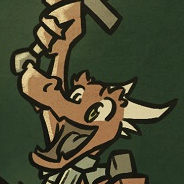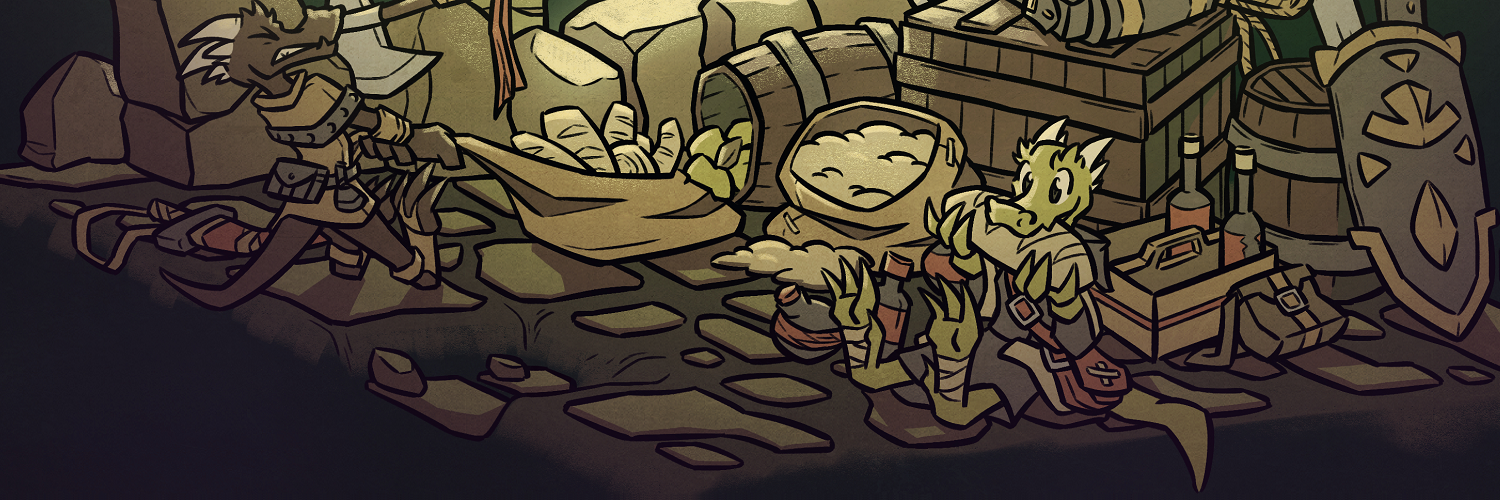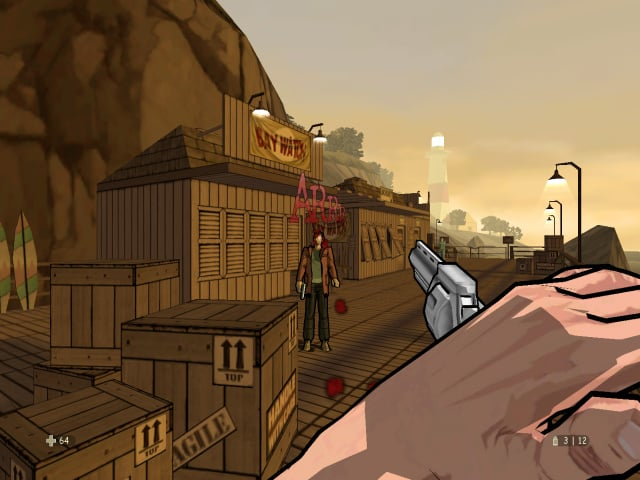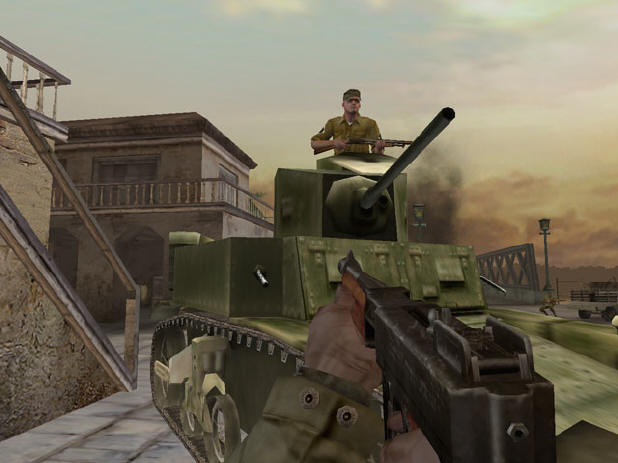

That being said, creating a private instance is a relatively difficult hurdle. By providing private communities, an admin can take care of the hosting, along with all of the other communities, while those who want something more controlled and closed can have an easily accessible option.
That’s fair, and I’m honestly probably just thinking about worst-case scenarios that won’t actually happen. There’s plenty of ways malicious actors could already be doing some pretty bad things and they don’t seem to be, so it’s probably fine.








I strongly suspect that “modernize” implies “microtransactions”…